
“The intent and purpose of photography is to render in visual terms feelings and experiences that often elude the ability of words to describe. In any case, the eyes have it, and the imagination will always soar farther than was expected. ` Ralph Gibson
Music was on my mind as we went out with friends to hear a band they knew. The musical duo was young, talented and they played beautifully. We sat close to them, and the restaurant was quiet. As they played guitar and violin, I could not make out the individual notes or words. Through their speakers, reverb, chorus, and overwhelming special effects emerged. The end result was a muddy sound.
Just as effects and electronics can disrupt the spirit of a song, complex electronics and menus choke the spirit of our photography. We wind up investing too much energy in the taking, and not enough time in the making and meaning of a photograph.
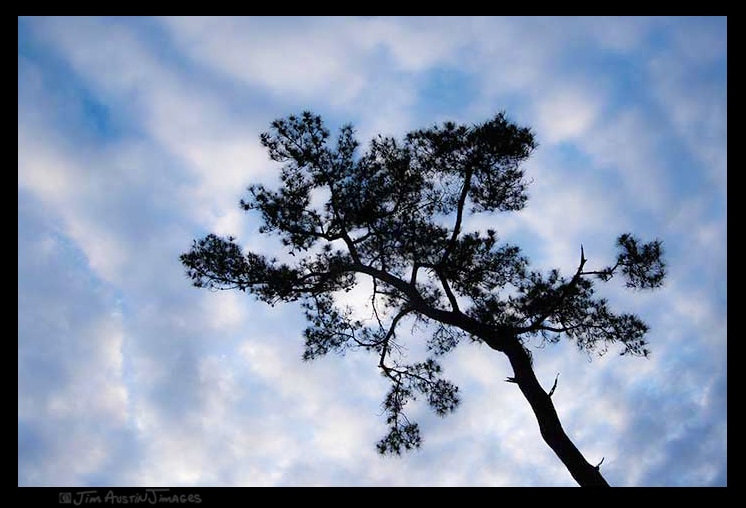
Shoot for Spirit
American photographer and educator Minor Martin White was interviewed by NYC based curator James Danziger for the 1977 book Interviews with Master Photographers. White said: “There’s no particular class of photograph that I think is any better than any other class. I’m always and forever looking for the image that has spirit! I don’t give a damn how it got made”.
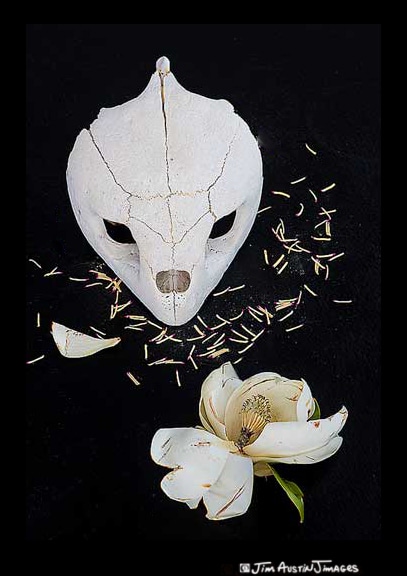
Minor White has a point. To make the Spirit of our photography more significant, we must let go of gear insanity. I strongly propose that we practice a more flexible mindset towards our craft. Taking a photo of horseshoe crabs I want to express (not what horseshoe crabs look like) “this is how I feel about horseshoe crabs” and “aren’t their bodies amazing.”
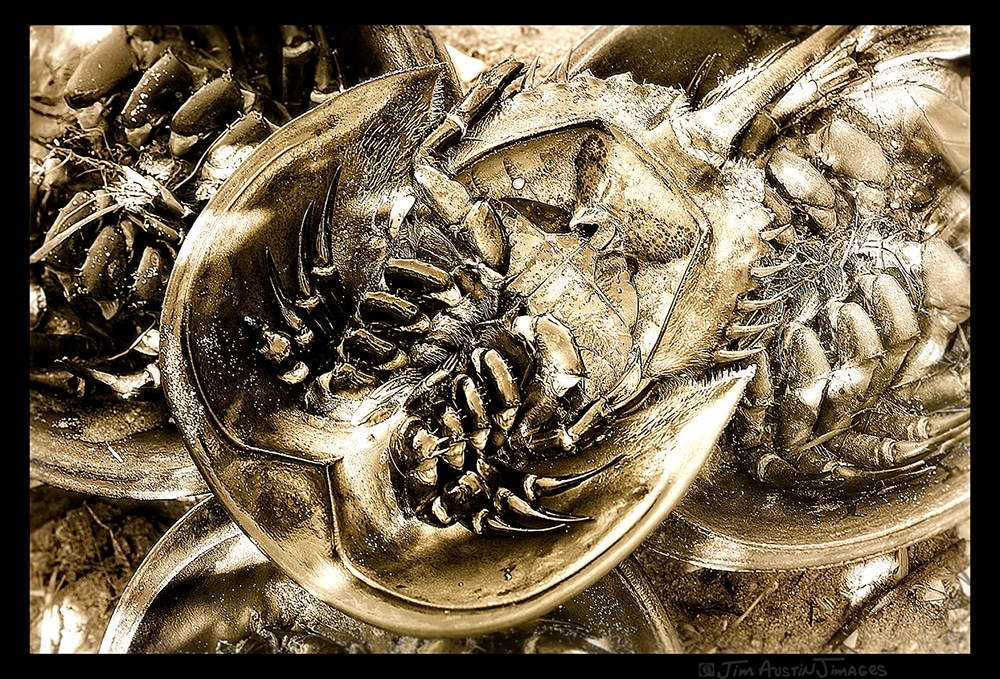
Instrument, Not Tool
Google “my camera is a tool,” and 1.6 billion results appear. While we call our camera a “tool,” it is not a tool. It is an instrument for expression. Like any musical instrument, we must practice. Daily practice helps us compose and communicate in a “language more universal than words,” to paraphrase Mr. White.
Be Clear on Just One or Two
I once thought that new gear would make for better photographs. Buying any new camera has its drawbacks. When I got a new DSLR camera several years ago, it came with a 400-page printed instruction book. The experience resembled moving to a different country, trying to learn a foreign language, and driving on the wrong side of the road.
This was not the experience I back when film cameras were the only option. The new film models seemed intuitive to operate because their basic functions were visible and clearly marked with no hidden menus or doughy, rubbery buttons. These models had intuitive controls, so it seemed more direct to get to the photographing.
Like a good photograph, a good camera communicates just one, perhaps two things very clearly and well.
An Instrument of Expression
How can we choose gear that doesn’t interfere?
Five Tips to Choose Your First Camera
1. Make sure the camera body fits your hand size so lovingly that you want to pick it up and hold it. Then, take a walk with it and see how it fits your body and your stride.
2. Check that all the basics (Shutter Speed, Aperture and ISO) are clearly marked and easily set even in the dark.
3. Think about buying a camera with a Manual focus option, and then check how close the lens focuses on an object, the ‘minimum focus distance.’ Being able to focus within 12 inches or so is a valuable asset. It makes foregrounds have greater impact for your audience.
4. If you can, rent the model you chose before you purchase, and then spend practice time looking through the viewfinder for both landscape image and portraits.
5. Do you know how to download the files, save and backup your shots before you buy?
Intention
My intention for this particular blackbird picture was to bring the acoustics into the frame.
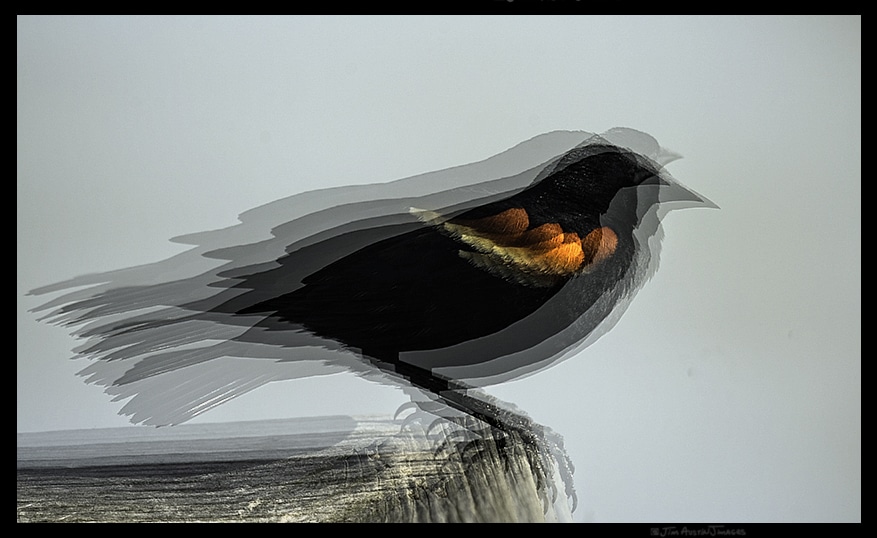
“Red Wing, Black Bird Series”
As my camera is an instrument of expression, its make, model, and specs are meaningless compared to the intention behind it.
Our experience is paramount. When the images that we make have a certain Spirit, then it doesn’t matter what brand of camera they passed through. Do we inquire, after hearing our first Beethoven 5th symphony by an orchestra, what make of baton the conductor used that night? My camera model brought no joy, making a series of red-winged blackbird images, but the experience of hearing their songs ( “oak-a-lee” “konkeree” and “ti-ti-ti”) brought endless pleasure. When our intention is our attention, flow happens, and our experiences are memorable.
Keep Meaning in Mind
For my photography process, what matters most is that I put this moment to the best potential use, and then work hard to express meaning. Forget mastery: crafting photos is muddling through again, and once again, until the expression is mostly clear, and then, with a bit of chance, we reach something meaningful.
So, how we wield the camera does matter. The frame of mind joins the frame of the viewfinder. Some days the mind flows. Time seems to stand still. More often, the mind is too sharp or too flat. In those rare frames, when the mind is in harmony with nature, interesting visions happen. These are the ones to print.
Each time we go out to photograph, our challenge is learning new variations of the tune. Life is too short to repeat the old songs on the old instruments.
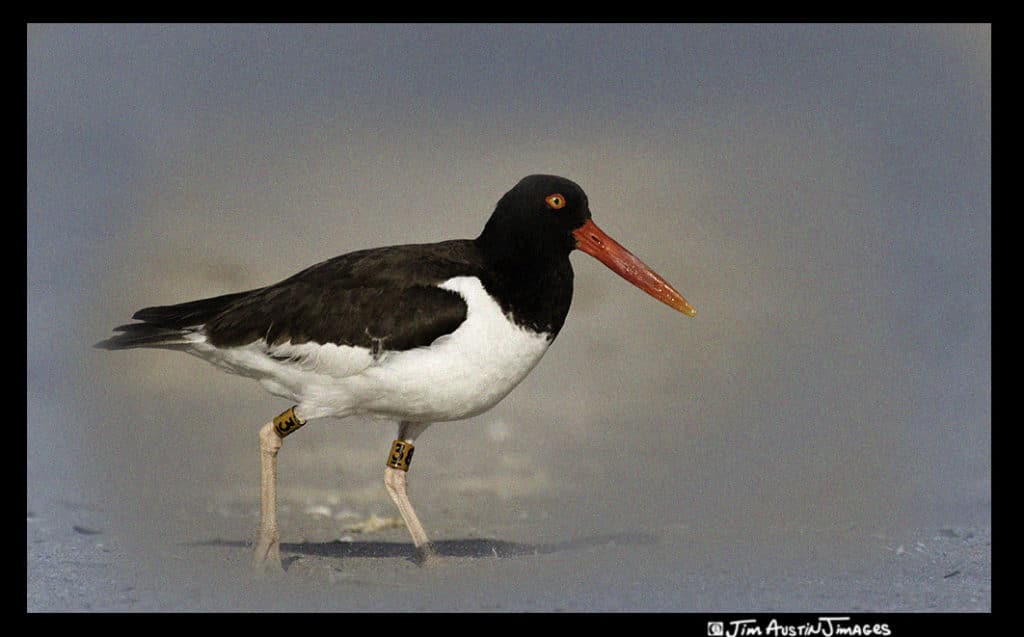
Be Human First
No one cares what camera we carry. The red bar, red dot, little letter and number, and that gold ring are irrelevant. When belonging to a tribe, good. But think your tribe is better than another because it has something special, well, we need to give that idea a bit more thought. A brand name will not make you grow. Experience and kindness will. Human being first, photographer second.
Because a camera is an instrument for expression, the majority of the work I do is about expressing an idea, quote, feeling or emotion. I want to quickly move past the basics. Setting the machine on Aperture mode or Manual exposure mode, checking the ISO, placing the camera, deciding available light or a touch of strobe; all these basic decisions come from experience, in advance, in the context of the scene. This frees up creative energy to concentrate on personal vision.
As always, your comments and thoughts are most welcome. Jim
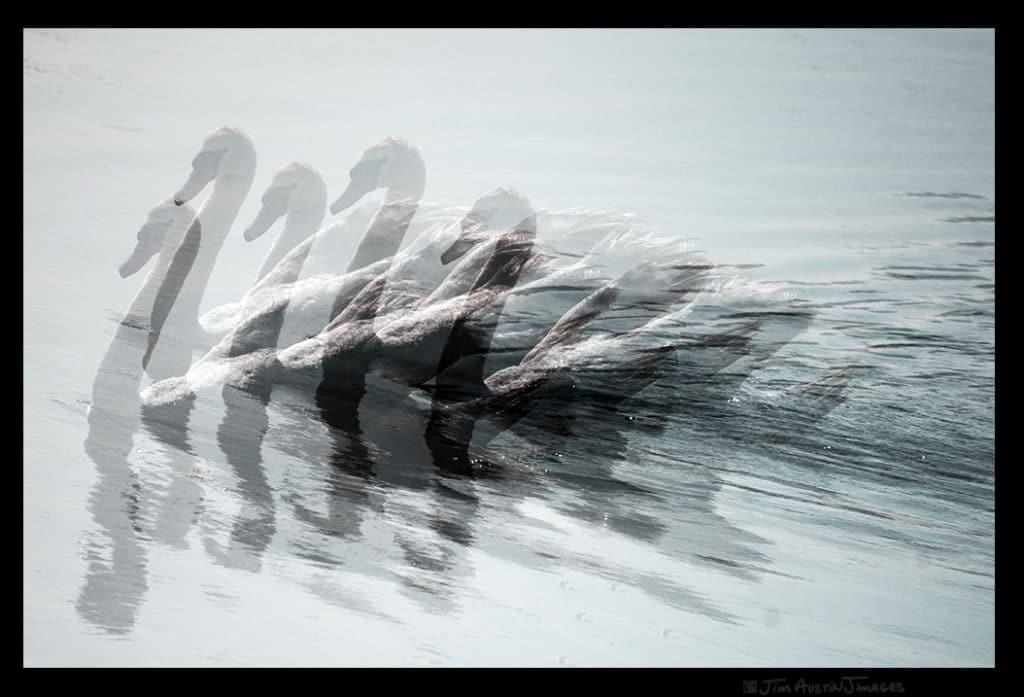
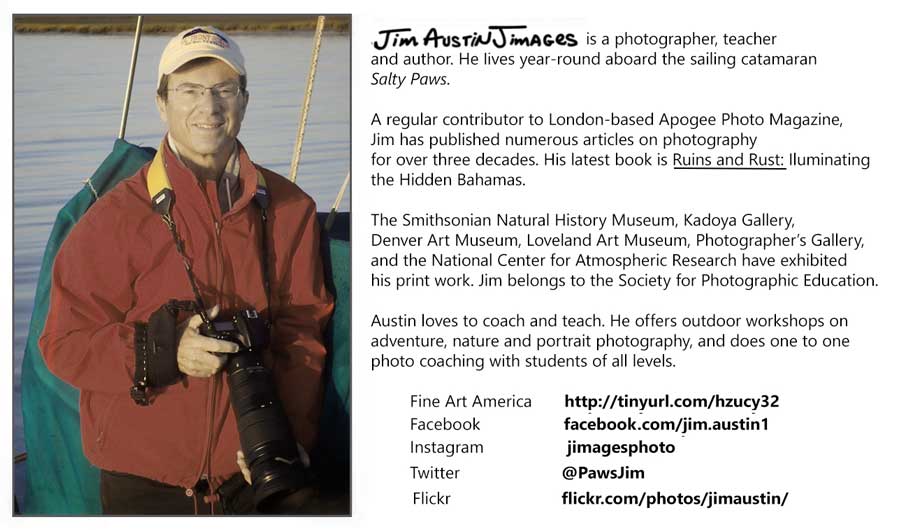

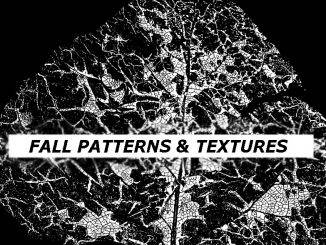
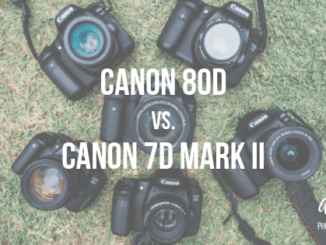
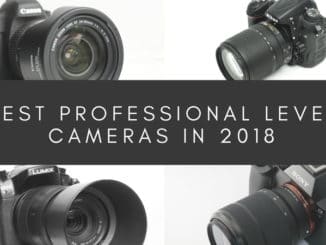
Leave a Reply